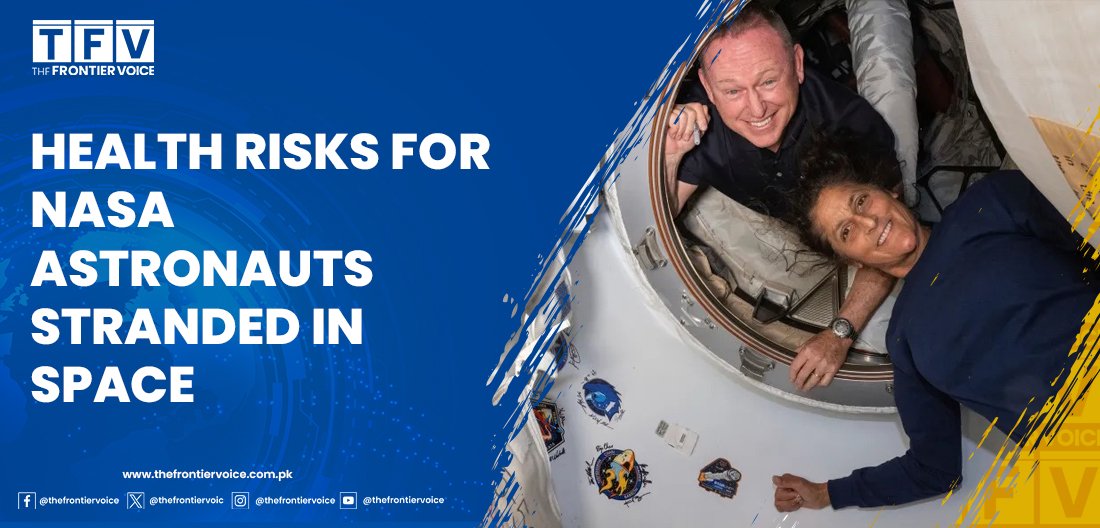TECHNOLOGY
Health Risks for NASA Astronauts Stranded in Space

NASA astronauts Barry Wilmore and Sunita Williams are facing serious health challenges as they remain stranded aboard the International Space Station (ISS) due to technical issues with the Boeing Starliner spacecraft. Originally intended to stay for just eight days, their return has been delayed, exposing them to the harsh realities of prolonged space habitation.
In the absence of gravity, bodily fluids tend to shift upwards, leading to fluid overload, dehydration, and increased intracranial pressure. These conditions can cause vision problems, cognitive impairments, and headaches. Moreover, the lack of gravity weakens muscles and bones, increasing the risk of fractures in the future.
The heart, no longer needing to work as hard in a microgravity environment, may experience adverse structural changes, affecting cardiovascular fitness. Astronauts are also exposed to higher levels of radiation, increasing the likelihood of cancer and brain health issues.
The digestive and immune systems are not spared either, as the lack of gravity hampers overall digestion, making astronauts more susceptible to infections and digestive problems. The psychological toll of extended space missions can also lead to mental health issues, including PTSD, depression, and anxiety.
As NASA works diligently to resolve the technical glitch and safely bring the astronauts back to Earth, the health risks they face serve as a stark reminder of the challenges of space exploration.












